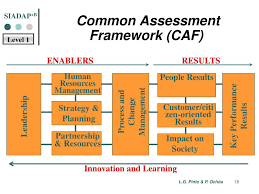Introduction
School uniform policies have long been a staple in educational institutions around the world, with many educators and policy makers asserting that they help promote equality, unity, and discipline. However, when it comes to accommodating religious beliefs, this uniformity can sometimes spark debate. This article aims to explore the relationship between school uniform policies and religious beliefs and discuss ways to strike a balance between respecting individual students’ faiths and maintaining the goals of uniformity within the context of educational environments.
The Role of School Uniforms
Proponents of school uniform policies argue that such rules create an environment where students are not judged on their outward appearance or socio-economic background. This can foster a sense of belonging, improve focus on academic pursuits, and reduce incidents of bullying or discrimination. Uniforms also help to create a cohesive brand identity for schools, instilling pride among students and staff alike.
Challenges Posed by Religious Beliefs
While the benefits of school uniforms can be clear, instituting rules around attire can sometimes clash with religious practices or beliefs. Individuals from various faiths may wear specific garments or accessories as a part of their religious observance – such as hijabs for Muslim women, turbans for Sikh men, or kippahs for Jewish students.
For such individuals, adhering to a strict uniform policy may force them into situations where they feel compelled to choose between their beliefs and adhering to school rules. This can lead to feelings of exclusion or discrimination and may even provoke legal challenges.
Striking a Balance
When aiming to accommodate both uniform policies and religious beliefs within educational environments, several strategies can help strike an appropriate balance:
1. Flexibility: Schools can design their uniform policies with flexibility in mind, providing options for alternative garments or accessories that comply with their overall goals but also respect the needs of individuals with religious dress requirements.
2. Dialogue and Consultation: Involve students, parents, and religious communities in developing dress code policies. This can provide valuable insights into the needs of various faith groups and create a shared understanding of the importance of inclusivity.
3. Training and Education: Provide guidance to faculty and staff about cultural and religious diversity to understand the significance of different religious dress items. This education can promote empathy, reduce the chances of discrimination, and facilitate respectful conversations about the topic.
4. Reviewing Policies Regularly: A regular review of school uniform policies allows schools to adapt to the changing needs and demographics within their student body by ensuring that their rules continue to align with the cultural landscape.
Conclusion
Balancing proper school attire with religious observance requires navigating a delicate path between uniformity and respect for individual beliefs. It is essential for educational institutions to develop flexible dress code policies that consider the needs of diverse faiths while still maintaining their core goals of promoting unity, equality, and discipline. As society continues to evolve, so too must our approach to accommodating the unique identities that make up our student populations, fostering a spirit of inclusivity and understanding within our educational environments.











